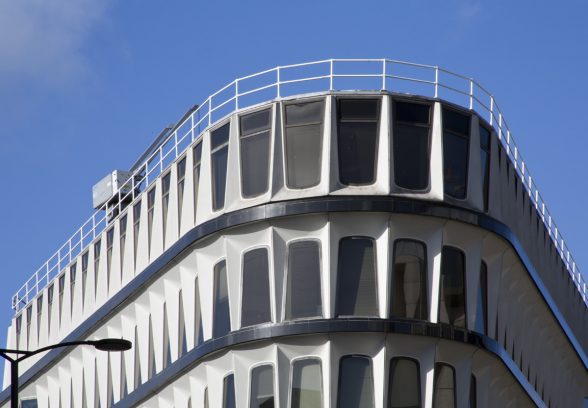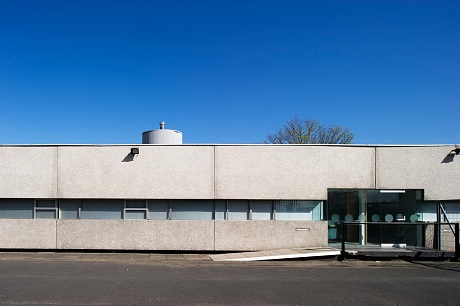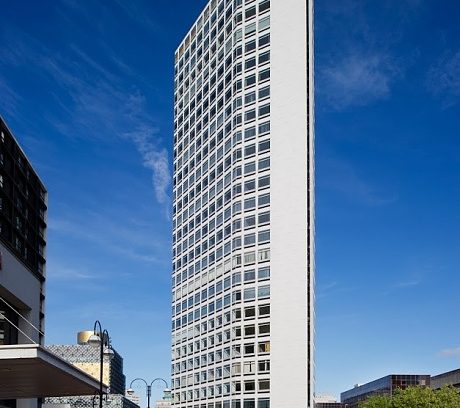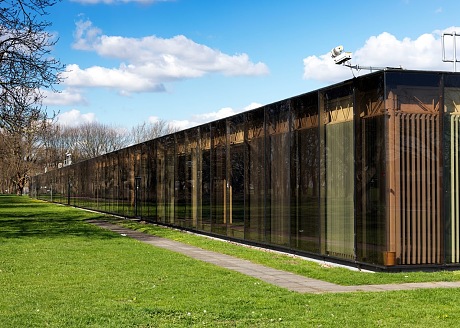This website uses cookies
This website uses cookies to enable it to function properly and to analyse how the website is used. Please click 'Close' to accept and continue using the website.






C20 Society welcomes the listing of 14 post war commercial buildings. We were consulted during the research process and it is unlikely to prove a controversial selection. There is a good geographical spread of examples. We understand that the DCMS Minister, Ed Vaizey, accepted all of English Heritage’s recommendations, and he is to be commended on ensuring that they will now receive the level of protection they deserve.
All of these buildings are of extraordinarily high quality, by leading firms of British Architects (four by Arup Associates, two by Newcastle practice Ryder and Yates and one by the John Madin Partnership– the latter two firms have been the subject of C20 Monographs; one on Arup Associates is being written now).
We are pleased that English Heritage are not seeing this as a once-and-for-all list of all post war commercial buildings of architectural and historic interest, but as a first assessment of a very important and previously understudied area. We are sure that there will be more examples identified in due course.
We also welcome the inclusion of two of the projects on the Register of Parks and Gardens of Special Historic Interest in England. These, like Ted Cullinan’s headquarters’ building for Ready Mixed Concrete (recently the subject of a major C20 campaign) demonstrate the importance of landscape design in the post war period, and its close integration in many architectural projects.
No buildings under 30 years old were considered for listing at this time, and it is probably now commercial buildings of the period 1984-94 which are most at risk. Currently it is not possible to list any building under 30 years old unless it is both grade II* or Grade I in quality and threatened with demolition. Given the vulnerability of office stock, we would like the former criteria to be waived in future.
The buildings listed are:
Alpha Tower, Birmingham, designed by George Marsh of Richard Seifert & Partners, 1970-2
Bank House, 27 King Street, Leeds, a former Bank of England regional headquarters building, 1969-71
Brown Shipley, Founders Court, Lothbury, designed c 1970 by Fitzroy Robinson and Partners, 1973-5
Former Central Electricity Generating Board (The Pavilions), Bristol, built in 1975-8
Credit Lyonnais, 30 Cannon Street, London by Whinney, Son & Austen Hall, 1974-7
1 Finsbury Avenue, London, by Arup Associates, 1982-4
Gun Wharf, Chatham, Kent, for Lloyd’s of London, by Arup Associates, 1976-8
IBM Pilot Head Office (Lynx House), Cosham, Portsmouth, by Foster Associates 1970-7
MEA House, Ryder & Yates, Newcastle, 1972-4
Mountbatten House (formerly Gateway House), Basing View, Basingstoke, by Arup Associates, 1974-6
Former Office of Ryder and Yates, Newcastle, 1964-5
Space House, Kingsway, London, by George Marsh of Richard Seifert & Partners, 1964-8
St James’s House, Frederick Road, Edgbaston, Birmingham, by John Madin, 1954-7
Former Midland Bank, 4 Dale Street, Liverpool, by Raymond Fletcher, 1967-71

Become a C20 member today and help save our modern design heritage.